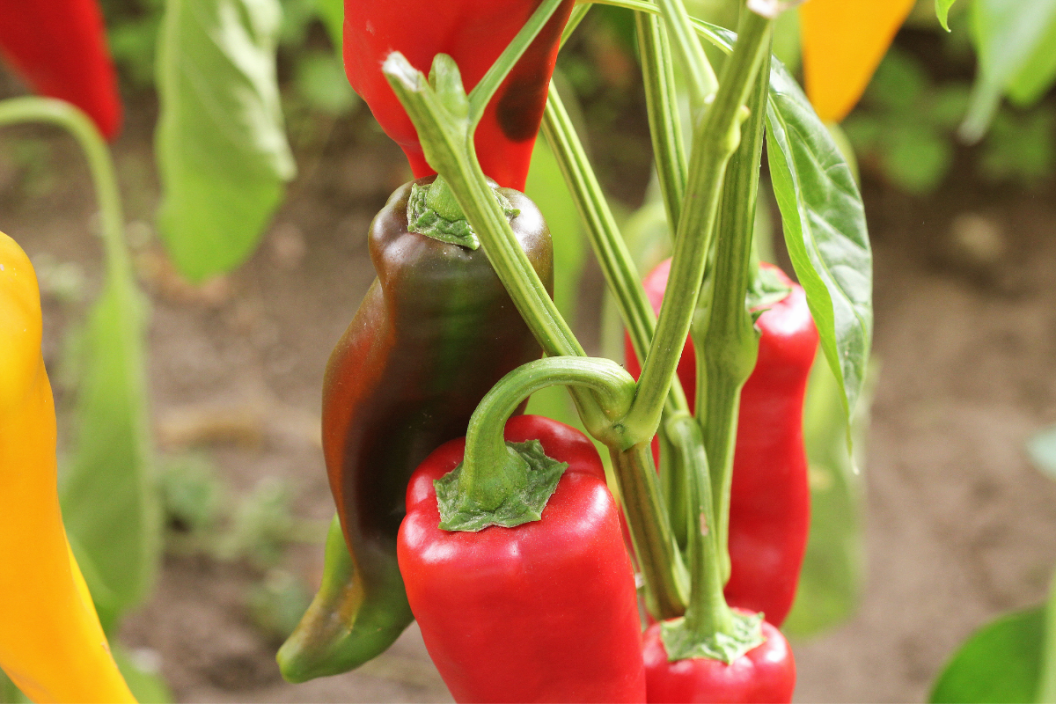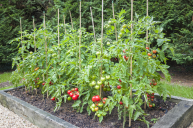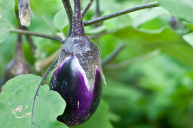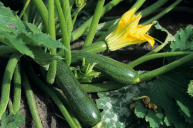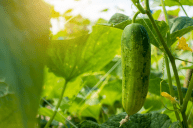With temperatures soaring, brighter evenings, and longer days, summer is right around the corner. What's better than welcoming the season with some fresh new plants for your garden? Summer is the ideal growing season for pepper plants. Just like humans, peppers long for companionship. Well, not really, but peppers do grow better when they have companion plants near them.
Videos by Wide Open Country
Pepper plants are an extremely popular vegetable to plant, and we can see why. There are hundreds of varieties, ranging from hot peppers to sweet peppers, and everything in between. Peppers thrive with lots of time spent in the sun- 6-8 hours a day to be exact. They also love to climb up a trellis or grow in raised beds, depending on the species. Peppers share the nightshade family with tomato plants, making them a common vegetable.
Summer is synonymous with grilling and there's not much better than grilled peppers and veggies. Growing your own is not only a labor of love, but can produce much tastier results than the store bought equivalent.
What is Companion Planting?
A gardening hack for producing successful plants is companion planting. According to Treehugger, "Grouping complementary plants (companion plants) together in the garden to benefit each other, can be done for a variety of reasons, such as to provide shade or a wind barrier to other plants, or to cover the surface of the soil with edible plants to crowd out weeds, or even to help boost the growth, flavor, or yields of food crops."
It's a win-win for any gardener who wants to grow peppers while filling up their vegetable garden with other delicious plants. Growing plants together and using trap crops can help keep away pests like bean beetles and hornworms, among others. Common companion plants include marjoram, allium, borage, kohlrabi, legumes, and even parsnips and turnips.
15 Companion Plants for Peppers
1. Chives
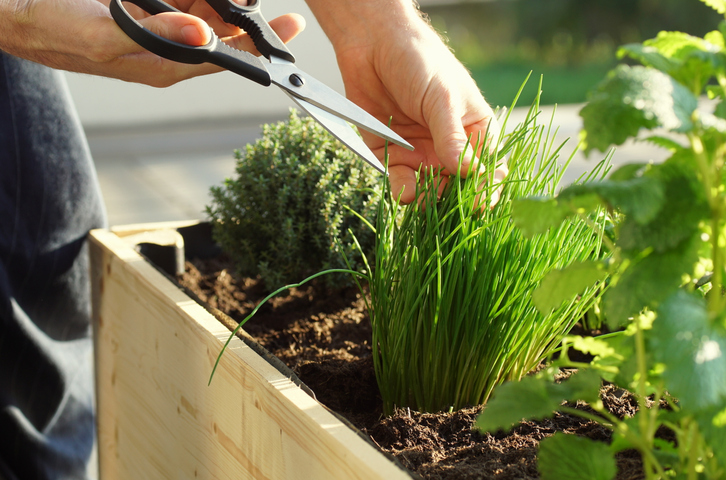
Getty Images
One of the biggest complaints of novice gardeners is bugs eating their crops. Planting chives as a companion plant is great because they can help deter aphids and other pesky bugs. Chives are also delicious herbs that pack a punch of oniony flavor. Plant some cilantro and tomatoes, and you've basically got salsa.
2. French Marigolds
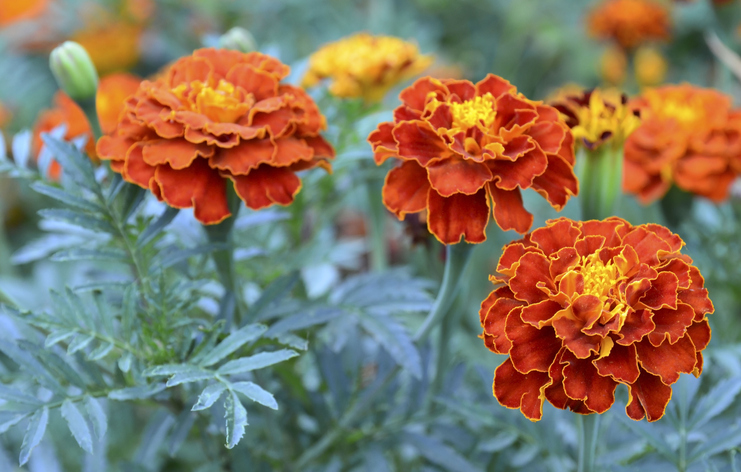
Getty Images
This vibrant yellow flower is a 3 for 1 in your garden. It's beautiful to look at, repels nematodes, whiteflies, and flea beetles, and helps encourage growth of the plants it surrounds. We like the idea of prosperous peppers.
3. Nasturtiums
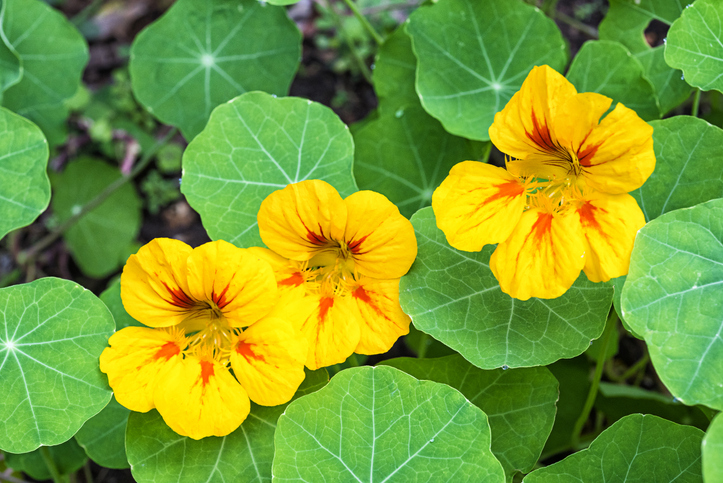
Getty Images
These flowers are no match for squash bugs, beetles, and other insect pests. They are edible and are a great way to add a pop of color to your next meal.
4. Radishes
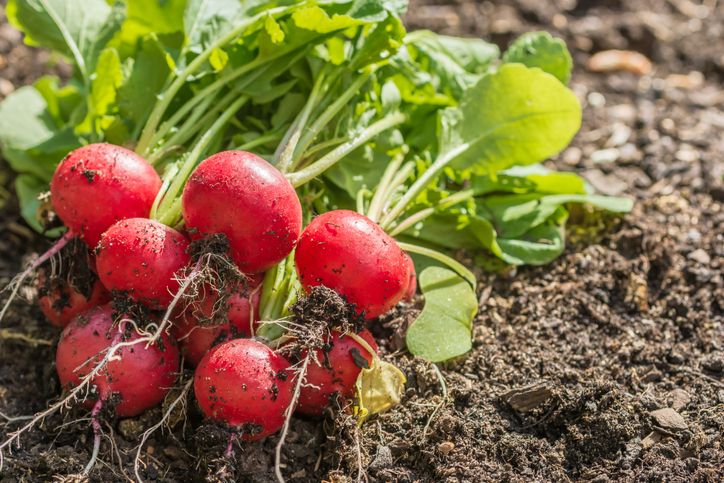
Getty Images
Radishes are a great bet for those just starting their vegetable garden. They are easy to grow and quick to sprout. It only takes about a month for the radish to be ready to harvest.
5. Basil
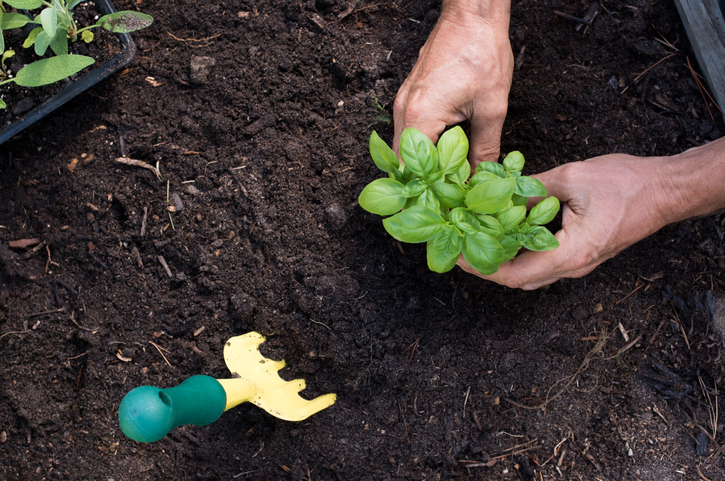
Getty Images
Basil makes a great companion plant because of its ability to enhance pepper's natural favor, as well as its insect fighting power. Basil helps deter spider mites, thrips, and the ever present mosquito!
6. Onions
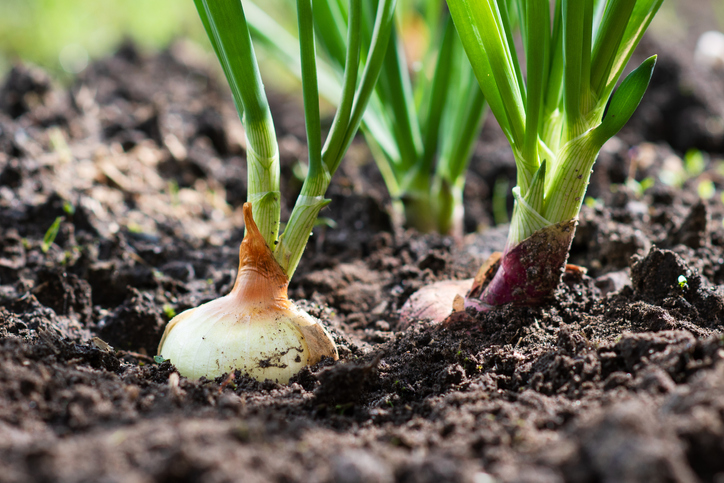
Getty Images
Planting onions near your bell peppers will help to stave off cabbage worms. These garden pests nibble on plants, leaving holes in the leaves that eventually destroy the plant. Plus, there's nothing better than peppers and onions on your summer hotdog.
7. Leeks
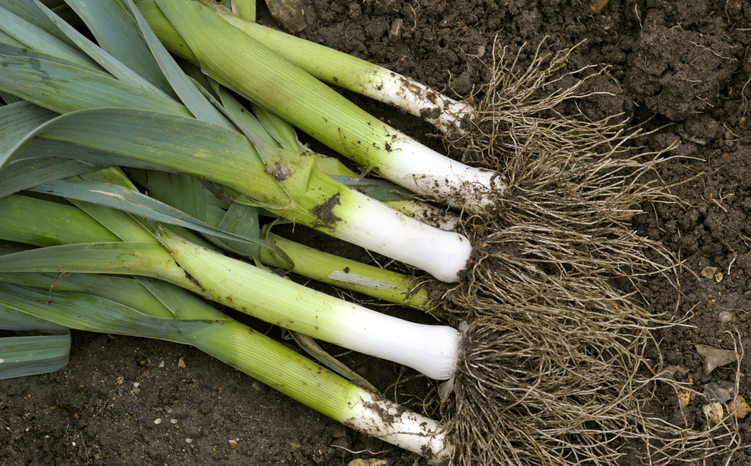
Getty Images
Leeks, which are part of the onion family, are a good companion plant due to their small growing space. They fill in the bare areas of the garden, without overtaking other plants. Leeks also a great repellent for pesky carrot flies.
8. Geraniums
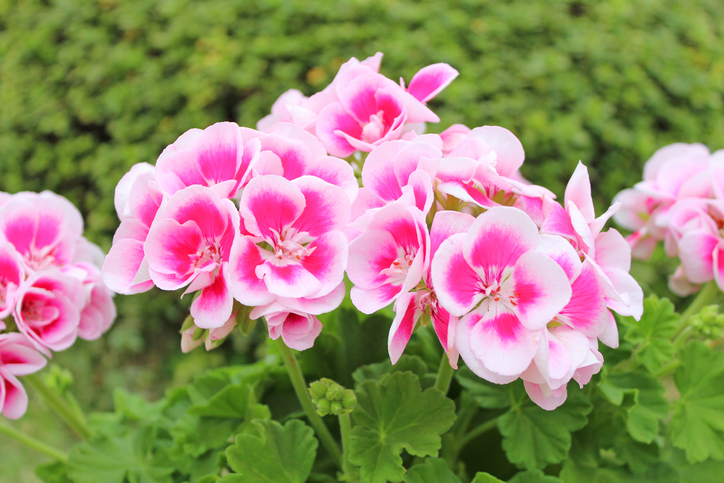
Getty Images
These brightly colored flowers add a pop of colors to the garden. In addition, they provide protection against Japanese beetles and cabbage worms.
9. Carrots
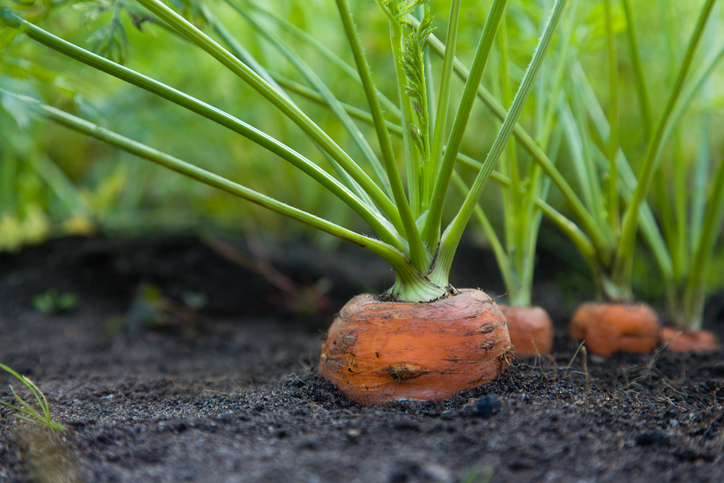
Getty Images
Adding carrots to your vegetable garden is not only for delicious side dishes and pesto. Carrot plants provide shade and a living mulch for the peppers.
10. Petunias
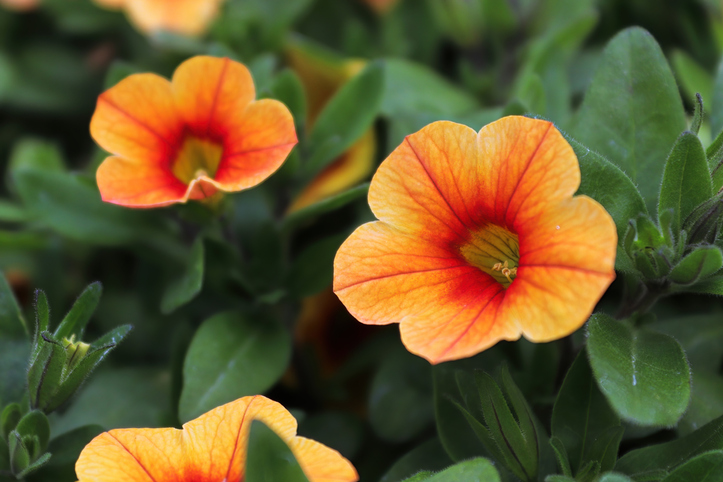
Getty Images
Like geraniums, petunias are beautiful flowers to have in the garden. They're so cheery with their bright pink and purple flowers. They also act as a natural bug repellent.
11. Beans
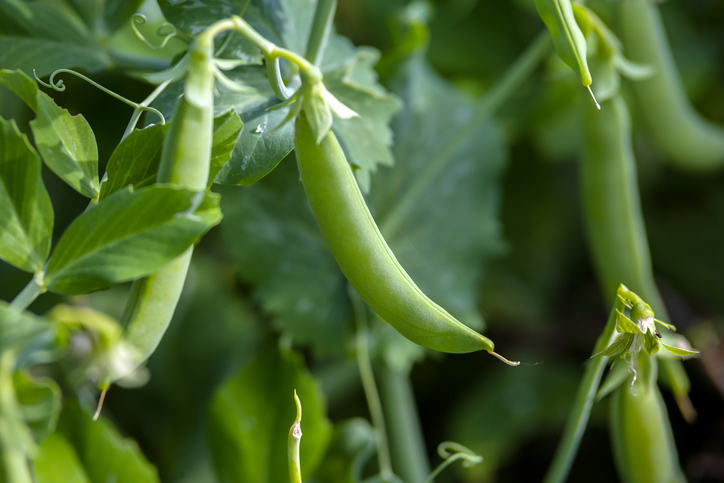
Getty Images
Planting beans, specifically pole beans helps fix nitrogen in the soil. This aids in the growth of the peppers and the other plants in the garden. Bean plants can also add some much needed shade.
12. Swiss Chard
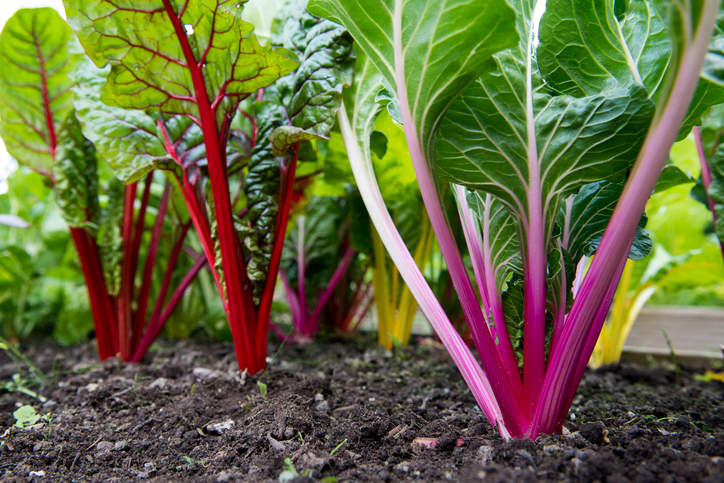
Getty Images
This leafy green protects the peppers from wind and sun. It also makes a great salad base.
13. Buckwheat
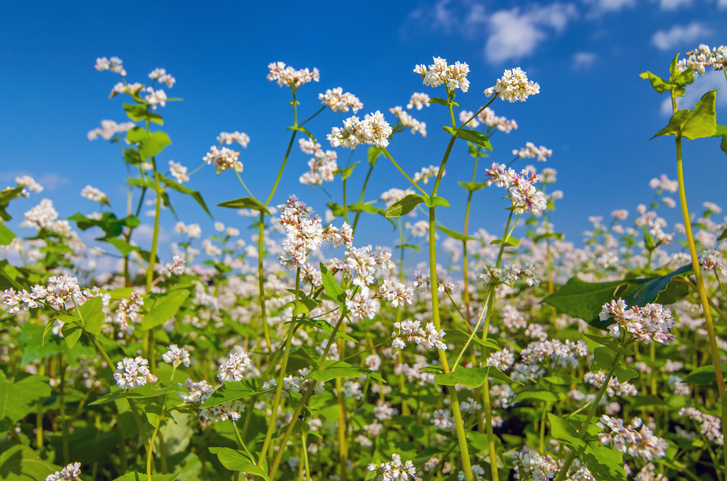
Getty Imagese
A lesser known plant, buckwheat's main job is to attract pollinators to the garden.
14. Oregano
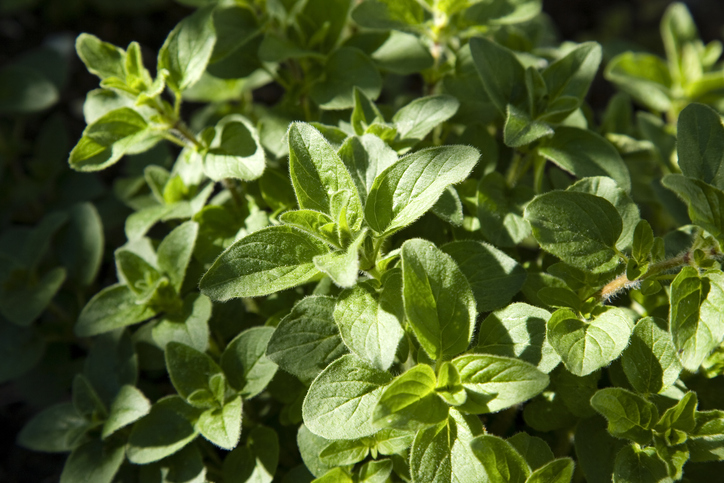
Getty Images
Dried oregano is a household staple, and fresh oregano is even better. This herb doesn't take up much space, and makes a great filler.
15.Okra
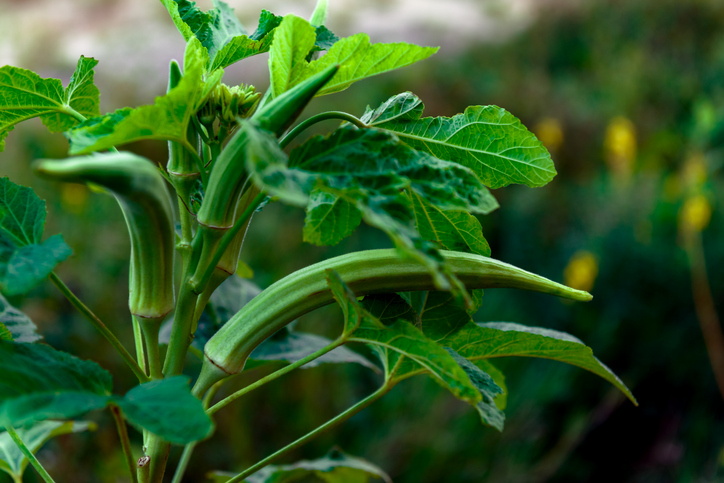
Getty Images
Whether you love it or hate it, okra is the perfect companion for peppers. It provides shade, and keeps the aphids away.
Keep Your Peppers Thriving
Not all insects founds in the garden are a death sentence to plants. Ladybugs are beneficial insects you'll want around. Aside from being cute, they survive by eating aphids. Since aphids love to attack peppers, you'll want to keep ladybugs around as a natural repellent.
In order to keep your peppers growing, avoid planting anything is the brassica family, like cabbage, brussels sprouts, broccoli, or mustard greens, as well as fennel.
READ MORE: Growing Plants from Cuttings Is the Easy Way to Start Your Own Garden
Products featured on Wide Open Eats are independently selected by our editors. However, when you buy something through our links, we may earn a commission.
